A ‘good enough’ standard may work in day-to-day decisions, but when it comes to structural integrity, it’s a perspective that can have both risky and fatal outcomes. Be it in buildings, bridges, and other critical structures, the margin of error is small.
Abiding by poor standards risks long-term safety, performance, and even lives. That is why property condition assessment is not just a technical necessity but a responsibility to secure a structure’s reliability beyond minimum expectations.
Structural integrity is the basis of a safe and functional building. It is the main condition that tells if all aspects of a particular structure function together to resist the loads and forces it encounters over time.
When a structure is good, it can withstand environmental stressors like wind, water, and seismic activity. But when a visible or hidden failure happens, this can impact the entire system, leading to structural deterioration and worst, collapse.
In fact, many structural failures are preventable and often share similar causes. Design miscalculations, even small ones, can result in elements that are not strong enough for their intended loads. Material deterioration, such as rusting steel or rotting wood, weakens a building over time.
Moreover, poor workmanship during construction, like incompatible joints and under-cured concrete, can also reduce a structure’s strength. Overloading from added equipment, storage, or unauthorized building conversions puts unexpected pressure on structural elements. Meanwhile, the lack of routine inspection and maintenance also has a tremendous impact on worsening these failures, as it lets minor issues expand into major risks.
When these causes of structural failures are ignored, buildings are not the only ones that would be affected, but also the safety of occupants, long-term costs, property value, and compliance with the standards and building codes.
To prevent a life-threatening impact of overlooking structural issues, hiring a structural engineer NJ would be the best solution. A skilled engineer will not just peek at what is visible. They are capable of performing thorough inspections to determine hidden or developing problems like cracks, water intrusion, corrosion, or building envelope defects.
Structural engineers can further verify if the construction quality meets current codes, established industry practices, and workmanship. They can also assess whether the building is still being used as intended, and evaluate material condition, load changes, and potential environmental stressors.
Beyond identification, engineers can create practical and targeted solutions. These may contain reinforcing weak areas, specifying needed repairs, or suggesting usage modifications to reduce structural strain. Understanding both the design and real-world application of structures helps prevent failures before they occur.
In structural safety, there is a need to meet not only ‘good enough’ but the highest standards to avoid conflicts. A commitment to structural integrity is not just about dodging disaster, but it is about building with intention, longevity, safety, and responsibility in mind.
Discover why structural integrity should never be compromised by reading this infographic from Lockatong Engineering.

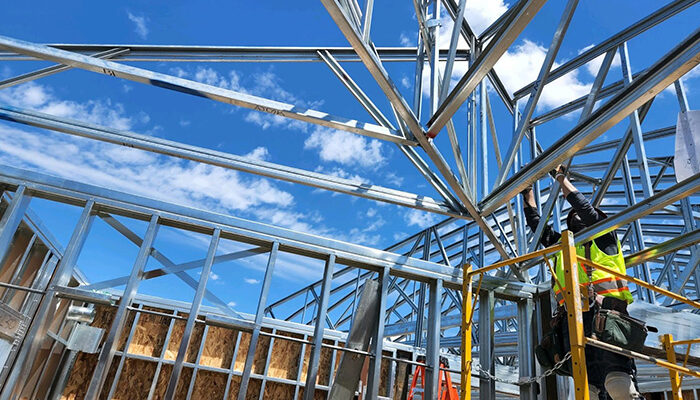

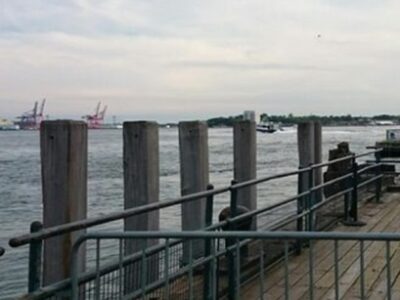




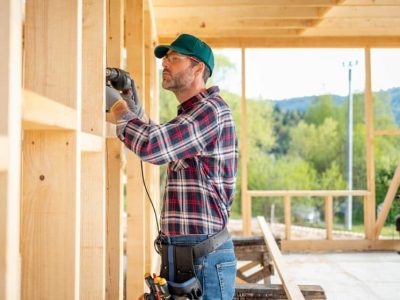

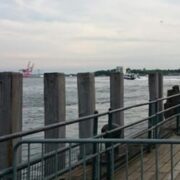
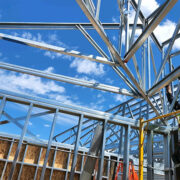


Comments